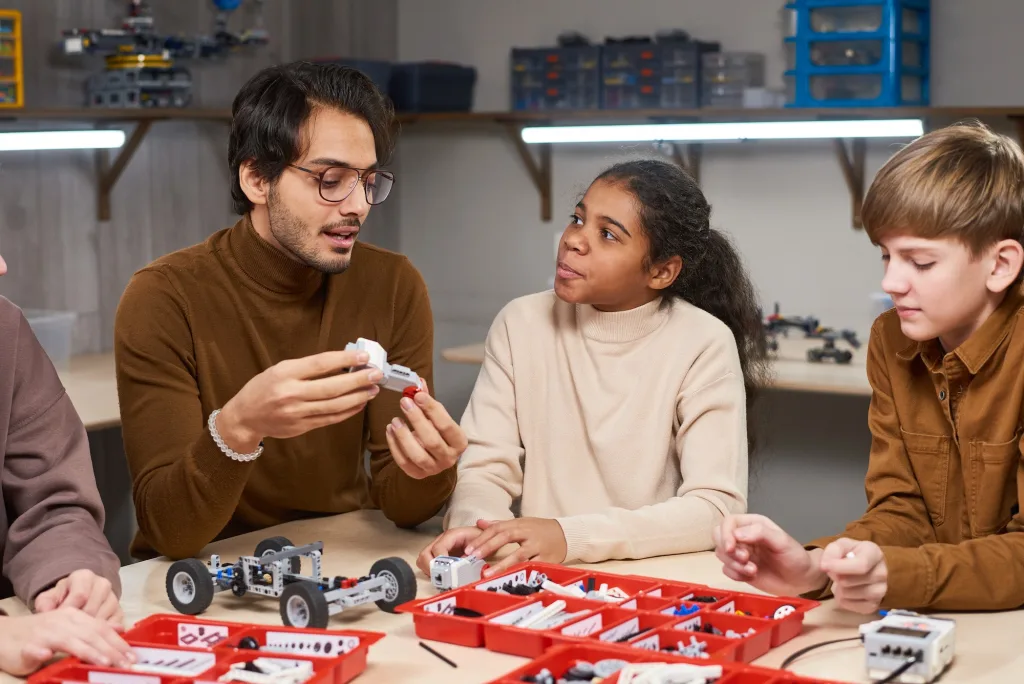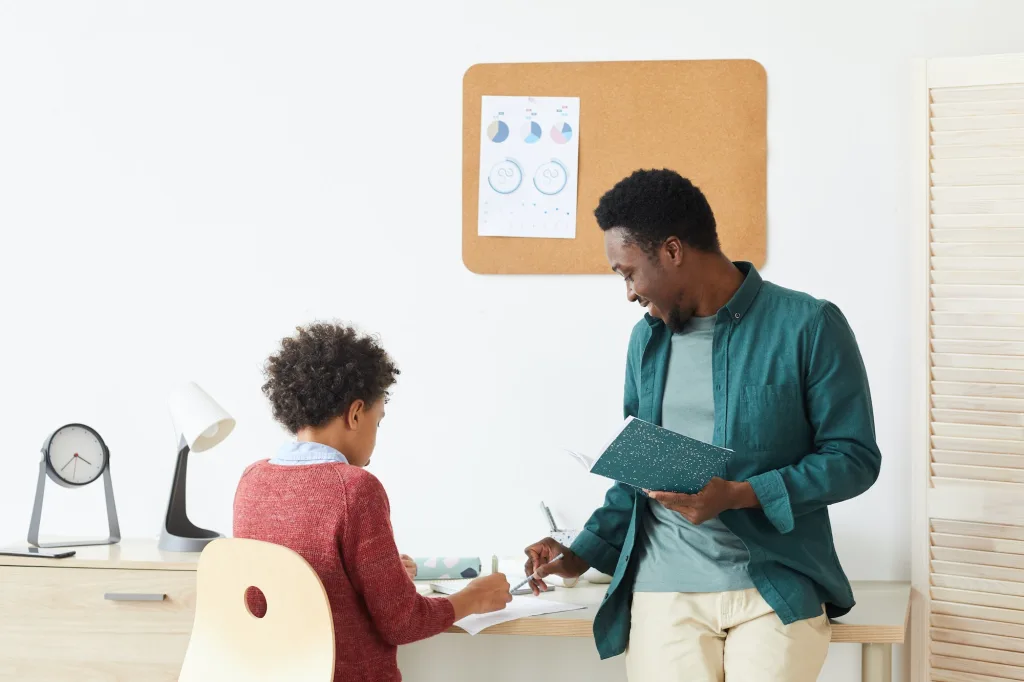Every child is different, with their own particular method to learning. While some kids may learn best visually, others may have auditory learning style. While some kids learn best through hands-on activities, others may benefit from reading and writing. As a result, it is crucial that teachers utilize scaffolding to accommodate the various learning preferences of their students.
Scaffolding is an instructional strategy that encourages individual learning, nurtures critical thinking, and supports problem-solving. It involves dividing difficult activities into smaller, more manageable steps and assisting learners as they progress.
Here is a list of recommendations for using scaffolding in the classroom:
-
Consider Students’ Prior Knowledge
Before starting a class that uses scaffolding, it is helpful to understand each student’s ZPD. By administering a pretest or asking them about their prior understanding of a subject before starting your class, you may establish their starting point of knowledge. Too-easy content will quickly bore students and lower motivation. On the other hand, too challenging material may cause students to lose interest. Tasks should therefore be relevant to everyday life.
-
Show and Tell
Give your kids a sample of the knowledge or activity they will be learning. Show them a sample of the final result to get them interested, and then lead them through the stages while explaining your reasoning. In other words, always show students what should be produced before they start a task.
-
Teach the Content in Portions
In order to gradually advance kids toward a better comprehension, take larger topics and break them down into more accessible chunks.
-
Use a Variety of Resources
As every student learns differently, it is important to accommodate various learning preferences by presenting new ideas in a variety of ways. Provide your students with examples of several approaches to completing a task and then let them use the method of their choice to try it out for themselves. As students complete an assignment, use a variety of aids, such as questions, hints, stories, models, visual scaffolding (including pointing, representational gestures, diagrams, and other techniques for emphasizing visual information), prompts, and queries.
-
Check for Understanding
It is important to make sure that students are able to understand the material or not. Pause frequently to verify students’ knowledge of a challenging material and, if necessary, refocus their attention. Ask open-ended questions to encourage students to investigate their own ideas.
-
Provide a Conducive Learning Environment
Create a positive learning environment where students feel safe and are encouraged to participate. Students who are supported by their mentors take risks and try again and again without the fear of failure or consequences.

Benefits of Scaffolding
- Promotes Critical Thinking
Scaffolding allows students to reflect more deeply on the material they are learning, which fosters critical thinking. Students can enhance their problem-solving skills and higher-order thinking capabilities by working through difficult activities with guidance.
- Promotes Social and Emotional Growth
Scaffolding encourages social and emotional development because it requires children to interact with their teachers and their peers. Students may benefit from this as they grow their social and emotional competencies, including collaboration, communication, and self-control.
- Encourages Independence
Scaffolding can be gradually eliminated to provide students the freedom to work freely as they gain greater self-assurance in their skills. This encourages a sense of autonomy and self-efficacy, which can be helpful in all facets of life.
- Provides Individualized Attention
Scaffolding can be adjusted to match the requirements of certain students, giving them specialized assistance that can aid in their academic success.
In conclusion, scaffolding is a useful teaching strategy that can significantly enhance students’ academic and personal growth. It could take some initial work from teachers/tutors, but it can result in higher results, better information retention, and more independence and confidence in the students. Scaffolding may change the learning environment in the classroom into one that is more engaging and productive, putting kids on the path to a better future.
iGuide is a reputable tutoring service in North York, Toronto that is dedicated to providing students of all levels and ages outstanding academic support. Our experienced tutors are committed to encouraging students’ intellectual development and maximizing their potential. Let us assist your child in realizing their full potential and achieving academic achievement.






